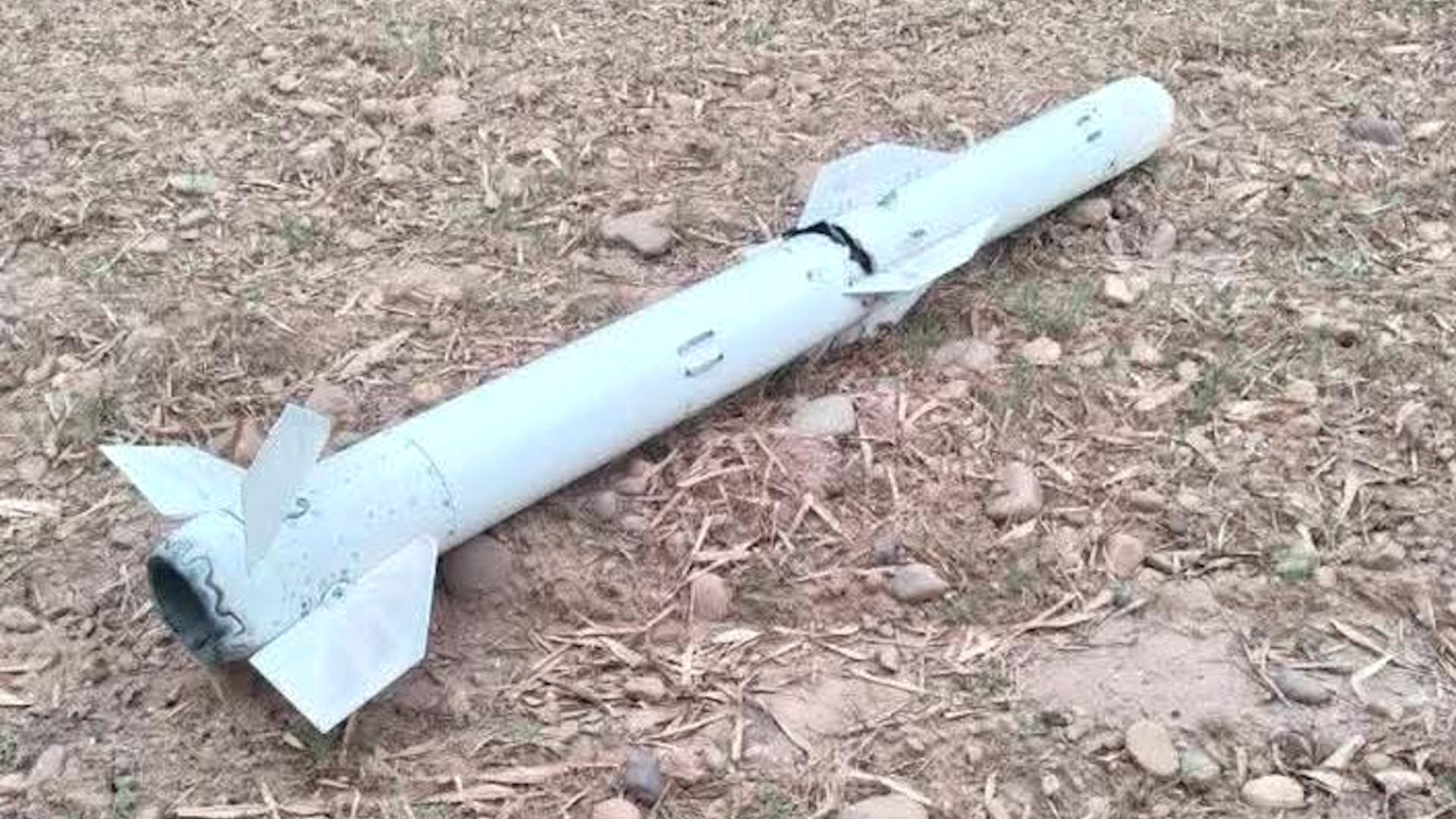SOURCE: AFI


On May 15, 2025, Chinese bloggers on social media platforms like Weibo and Douyin have reacted to India’s recovery of a near-intact PL-15E missile, which was fired by Pakistan Air Force (PAF) jets during a recent clash with India. The bloggers assert that the PL-15E, an export variant of China’s advanced PL-15 beyond-visual-range air-to-air missile (BVRAAM), is a significantly downgraded version compared to the one used by the People’s Liberation Army Air Force (PLAAF). They argue that the missile falling into India’s hands will not provide New Delhi with any significant strategic advantage in a potential conflict with China.
The PL-15E, integrated with Pakistan’s JF-17 Block III and J-10CE jets, was rendered ineffective by India’s advanced electronic warfare (EW) systems during the clash, with one near-intact missile recovered in Hoshiarpur, Punjab, on May 9, 2025, as reported by idrw.org. Indian defense analysts initially viewed the recovery as an intelligence windfall, potentially offering insights into China’s missile technology. However, Chinese bloggers have dismissed these claims, emphasizing that the export variant lacks the advanced features of the PL-15 used by the PLAAF. “The PL-15E is a watered-down version with reduced range, a less capable seeker, and simplified datalink systems,” one prominent blogger wrote, suggesting that the missile’s core technology remains well-protected.
Bloggers further argue that India is unlikely to gain much from reverse-engineering the PL-15E’s propulsion system, which employs dual-pulse rocket motor technology. This technology allows the missile to manage energy efficiently, providing a boost in the terminal phase to enhance its lethality against agile targets. According to the bloggers, India already possesses similar technology through its co-development of the Medium-Range Surface-to-Air Missile (MR-SAM) system with Israel. The MR-SAM, inducted into the Indian armed forces in 2016, also uses a dual-pulse motor to achieve a range of 70–100 km, giving India firsthand experience with this propulsion method. “India has no need to reverse-engineer what it already knows,” another blogger remarked, expressing confidence that the PL-15E’s capture will not tilt the technological balance in India’s favor.
The Chinese online narrative also reflects a broader sentiment of downplaying the incident to mitigate concerns about technology leakage. While the PL-15E’s AESA radar seeker and datalink were disrupted by India’s EW systems, bloggers insist that the PLAAF’s PL-15 variant, with its reported range of 200–300 km and more advanced avionics, remains far superior and unaffected by this incident. They highlight that export restrictions imposed by China ensure that sensitive technologies are not shared, even with close allies like Pakistan, thereby limiting the intelligence value of the captured missile.
Despite these claims, Indian defense experts are proceeding with a detailed analysis of the PL-15E wreckage. The Defence Research and Development Organisation (DRDO) is examining the missile’s seeker algorithms, propulsion efficiency, and datalink encryption, which could still provide incremental improvements to India’s indigenous missile programs like the Astra Mk-2 and Mk-3. However, if the Chinese bloggers’ assertions about the downgraded nature of the PL-15E hold true, the strategic impact of this capture may indeed be limited, particularly in the context of a direct India-China conflict.
NOTE: AFI is a proud outsourced content creator partner of IDRW.ORG. All content created by AFI is the sole property of AFI and is protected by copyright. AFI takes copyright infringement seriously and will pursue all legal options available to protect its content.